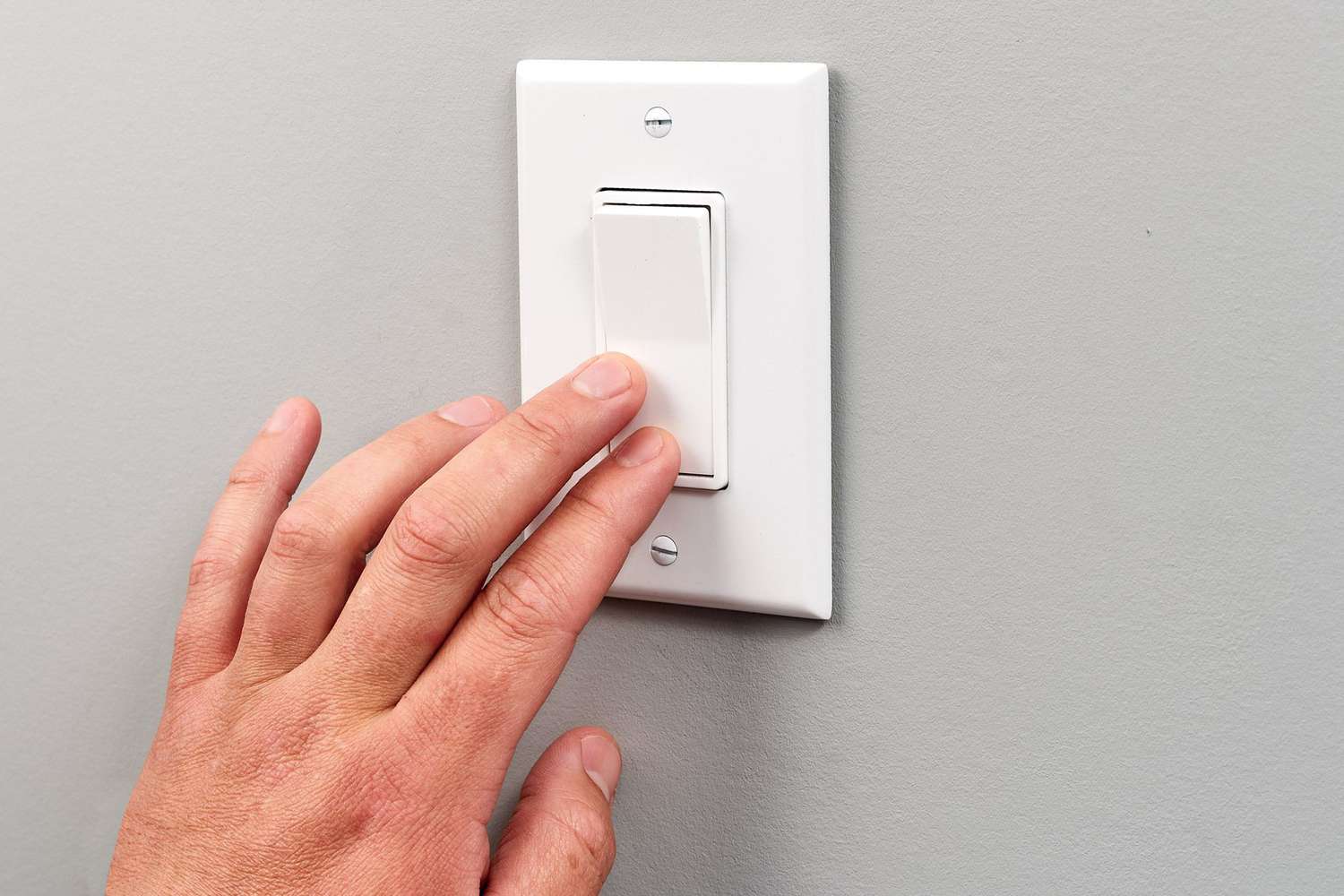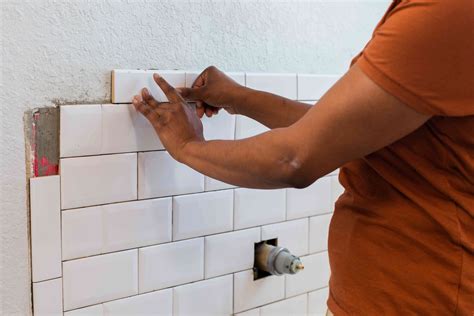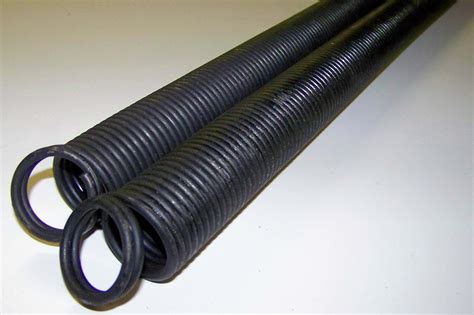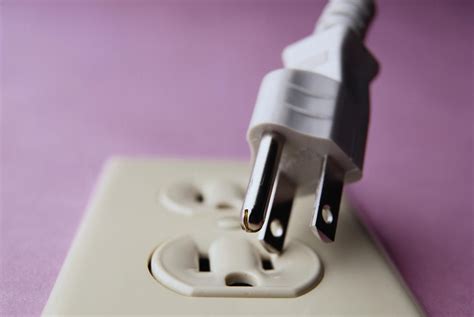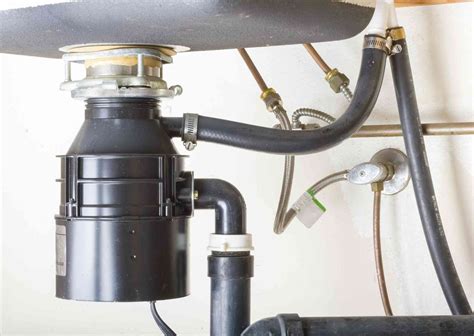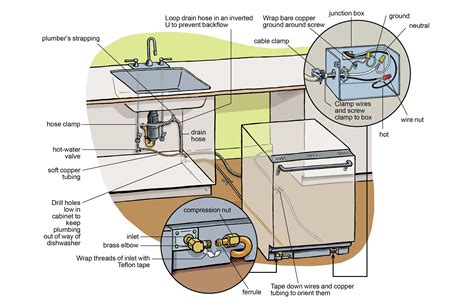
Installing a new dishwasher can be a rewarding DIY project that improves the functionality and convenience of your kitchen. Whether you’re replacing an old dishwasher or adding a new one, proper installation and connection are crucial for its efficient operation. In this comprehensive guide, we’ll walk you through the step-by-step process of installing and connecting a new dishwasher, ensuring a successful and hassle-free installation.
Before You Begin
Before you start the installation process, there are a few important steps to take:
- Read the manufacturer’s instructions: Familiarize yourself with the specific instructions provided by the dishwasher manufacturer.
- Gather the necessary tools: Make sure you have all the tools required for the installation, such as a screwdriver, pliers, adjustable wrench, and a level.
- Shut off the power: Locate the circuit breaker that controls the dishwasher’s electrical supply and turn it off to ensure your safety during the installation process.
Attach the Electric Cord
Most dishwashers come without an attached power cord. Follow these steps to attach the electric cord:
- Locate the electrical box on the dishwasher.
- Remove the knockout plug from the electrical box.
- Insert the electric cord through the hole and connect the wires following the manufacturer’s instructions.
- Tighten the electrical clamp to secure the cord in place.
Hook Up the Water Supply
Properly connecting the water supply is essential for the dishwasher to function effectively. Here’s how you can do it:
Attach the Water Supply Line
- Locate the hot water supply valve under your kitchen sink.
- Turn off the water supply by closing the valve.
- Connect the water supply line to the hot water valve using a compression fitting.
- Tighten the fitting securely with an adjustable wrench.
Position the Dishwasher
Choosing the right location and positioning the dishwasher properly are crucial for its stability and efficient operation. Follow these steps:
- Measure the space where the dishwasher will be installed to ensure it fits properly.
- Adjust the dishwasher’s leveling legs to achieve a level position.
- Slide the dishwasher into the designated space, being careful not to damage the flooring or the dishwasher itself.
Anchor the Dishwasher
Securing the dishwasher in place is essential to prevent it from tipping or shifting during use. Follow these steps to anchor the dishwasher:
- Locate the brackets or mounting clips on the top front of the dishwasher.
- Use screws or bolts to attach the brackets or mounting clips to the underside of the countertop.
- Tighten the screws or bolts securely to ensure the dishwasher is firmly anchored.
Connect the Water Supply Tube
Connecting the water supply tube ensures a steady flow of water to the dishwasher. Here’s how:
- Attach one end of the water supply tube to the water supply valve under the sink.
- Connect
the other end of the tube to the water inlet valve on the dishwasher.
- Tighten the fittings using an adjustable wrench.
Connect the Drain Hose
Properly connecting the drain hose is essential for effective drainage. Follow these steps:
- Connect the dishwasher’s drain hose to the drain outlet on the sink or garbage disposal unit.
- Secure the hose in place using a hose clamp.
Test the Dishwasher
Before using the dishwasher, it’s crucial to test its functionality to ensure it’s properly connected and functioning correctly. Here’s what you should do:
- Turn on the hot water supply valve under the sink.
- Turn on the dishwasher and select a test cycle.
- Listen for any unusual noises or leaks.
- Check if the dishwasher fills with water and drains properly.
- Run a complete cycle to ensure the dishwasher operates smoothly.
FAQs (Frequently Asked Questions)
Q: Can I install a dishwasher myself?
A: Yes, installing a dishwasher is a common DIY project. However, it’s essential to have basic plumbing and electrical knowledge. If you’re uncomfortable or unsure about any aspect of the installation process, it’s best to hire a professional to ensure a safe and proper installation.
Q: How long does it take to install a dishwasher?
A: The installation time can vary depending on factors such as your experience level, the complexity of the installation, and any modifications required. On average, it can take anywhere from 1 to 3 hours to install a dishwasher.
Q: Do I need a dedicated electrical circuit for a dishwasher?
A: Yes, dishwashers typically require a dedicated electrical circuit. Consult the manufacturer’s instructions or local electrical codes to determine the specific requirements for your dishwasher.
Conclusion
Installing and connecting a new dishwasher doesn’t have to be a daunting task. By following this step-by-step guide and taking the necessary precautions, you can successfully install and connect a dishwasher in your kitchen. Remember to read the manufacturer’s instructions, gather the required tools, and consult a professional if needed. With a properly installed dishwasher, you can enjoy the convenience and efficiency it brings to your daily life.

